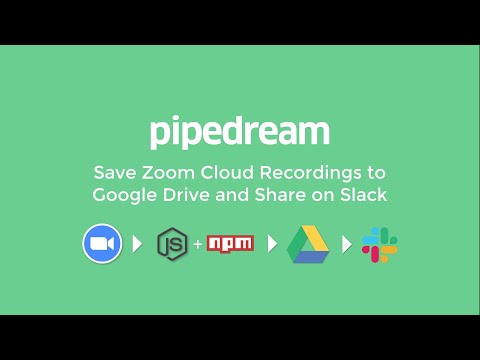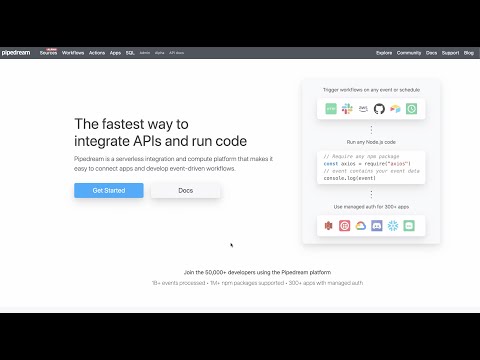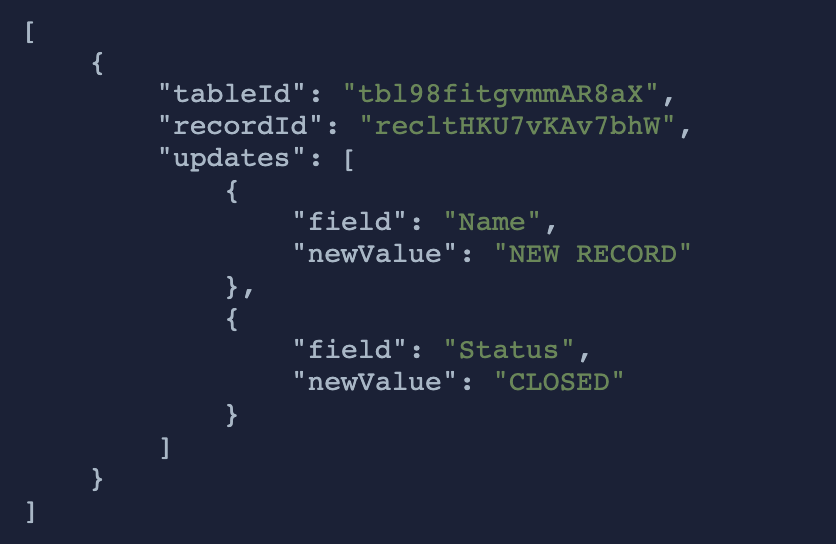What do you want to automate
with Google Cloud Document AI and Slack?
Prompt, edit and deploy AI agents that connect to Google Cloud Document AI, Slack and 2,800+ other apps in seconds.
Trusted by 1,000,000+ developers from startups to Fortune 500 companies
Popular Google Cloud Document AI and Slack Triggers#
Emit new event when a new message is posted to one or more channels
Emit new event when a message was posted in a direct message channel
Emit new events on new Slack interactivity events sourced from Block Kit interactive elements, Slash commands, or Shortcuts
Emit new event when a specific keyword is mentioned in a channel
Popular Google Cloud Document AI and Slack Actions#
Send a message to a public or private channel. See the documentation
Send a message to a user, group, private channel or public channel. See the documentation
Configure custom blocks and send to a channel, group, or user. See the documentation
Send a message as a threaded reply. See postMessage or scheduleMessage docs here
Send a message to a user or group. See the documentation
Connect Google Cloud Document AI#
import { DocumentProcessorServiceClient } from '@google-cloud/documentai/build/src/v1/index.js';
import { promises as fs } from 'fs';
import { get } from 'https';
import { writeFile } from 'fs/promises';
import { join } from 'path';
export default defineComponent({
props: {
google_cloud_document_ai: {
type: "app",
app: "google_cloud_document_ai",
}
},
async run({ steps, $ }) {
//Sample pdf file to process by Google Document AI API
const url = 'https://www.learningcontainer.com/wp-content/uploads/2019/09/sample-pdf-file.pdf';
const filePath = join('/tmp', 'my_document.pdf');
const downloadFile = async () => {
const res = await new Promise((resolve) => get(url, resolve));
const chunks = [];
for await (const chunk of res) {
chunks.push(chunk);
}
await writeFile(filePath, Buffer.concat(chunks));
console.log(`File downloaded successfully to ${filePath}`);
};
await downloadFile();
const projectId = this.google_cloud_document_ai.$auth.project_id;
const location = this.google_cloud_document_ai.$auth.location;
const processorId = this.google_cloud_document_ai.$auth.processor_id;
// Instantiates a client
// apiEndpoint regions available: eu-documentai.googleapis.com, us-documentai.googleapis.com (Required if using eu based processor)
// const client = new DocumentProcessorServiceClient({apiEndpoint: 'eu-documentai.googleapis.com'});
const client = new DocumentProcessorServiceClient();
async function testRequest() {
// The full resource name of the processor, e.g.:
// projects/project-id/locations/location/processor/processor-id
// You must create new processors in the Cloud Console first
const name = `projects/${projectId}/locations/${location}/processors/${processorId}`;
// Read the file into memory.
const imageFile = await fs.readFile(filePath);
// Convert the image data to a Buffer and base64 encode it.
const encodedImage = Buffer.from(imageFile).toString('base64');
const request = {
name,
rawDocument: {
content: encodedImage,
mimeType: 'application/pdf',
},
};
// Recognizes text entities in the PDF document
const [result] = await client.processDocument(request);
const { document } = result;
// Get all of the document text as one big string
const { text } = document;
// Extract shards from the text field
const getText = textAnchor => {
if (!textAnchor.textSegments || textAnchor.textSegments.length === 0) {
return '';
}
// First shard in document doesn't have startIndex property
const startIndex = textAnchor.textSegments[0].startIndex || 0;
const endIndex = textAnchor.textSegments[0].endIndex;
return text.substring(startIndex, endIndex);
};
// Read the text recognition output from the processor
const [page1] = document.pages;
const { paragraphs } = page1;
let concatenatedText = "";
for (const paragraph of paragraphs) {
const paragraphText = getText(paragraph.layout.textAnchor);
concatenatedText += paragraphText;
}
return concatenatedText;
}
return await testRequest();
}
})Overview of Slack#
The Pipedream app for Slack enables you to build event-driven workflows that interact with the Slack API. Once you authorize the app's access to your workspace, you can use Pipedream workflows to perform common Slack actions or write your own code against the Slack API.
The Pipedream app for Slack is not a typical app. You don't interact with it directly as a bot, and it doesn't add custom functionality to your workspace out of the box. It makes it easier to automate anything you'd typically use the Slack API for, using Pipedream workflows.
- Automate posting updates to your team channels
- Create a bot to answer common questions
- Integrate with your existing tools and services
- And much more!
Connect Slack#
import { axios } from "@pipedream/platform"
export default defineComponent({
props: {
slack: {
type: "app",
app: "slack",
}
},
async run({steps, $}) {
return await axios($, {
url: `https://slack.com/api/users.profile.get`,
headers: {
Authorization: `Bearer ${this.slack.$auth.oauth_access_token}`,
},
})
},
})
Related Videos#


Community Posts#
